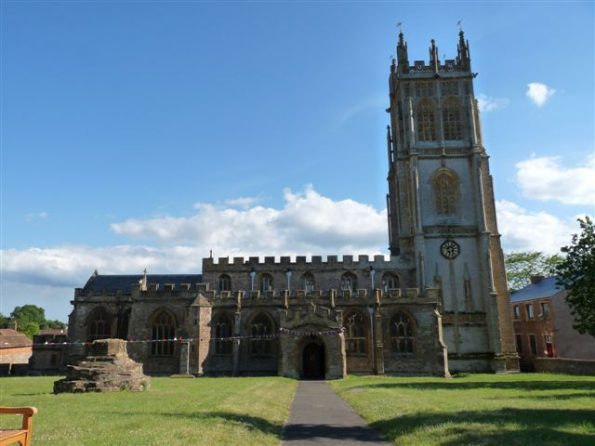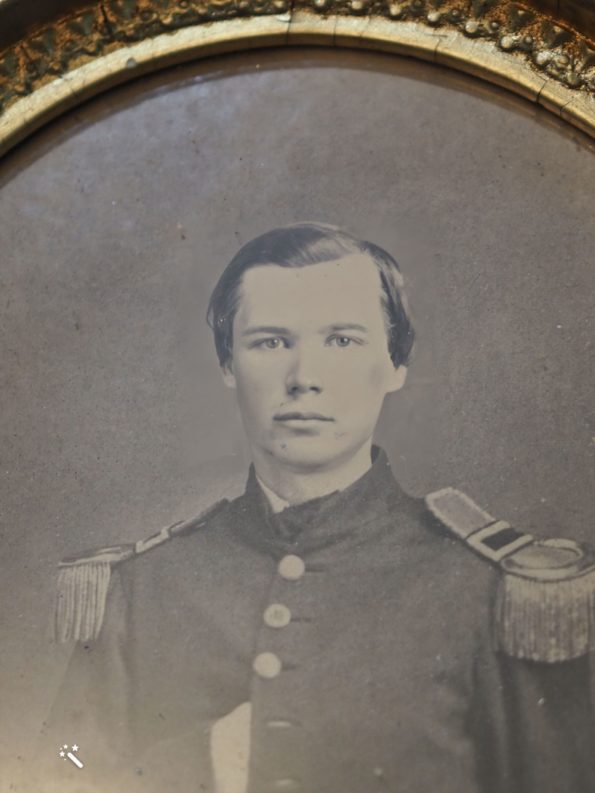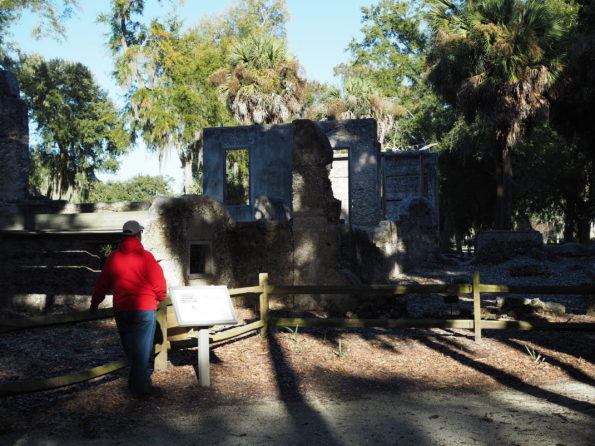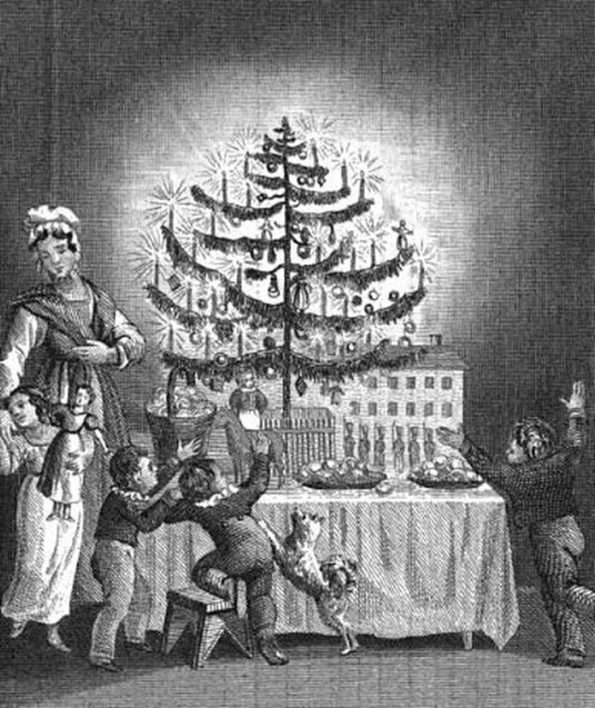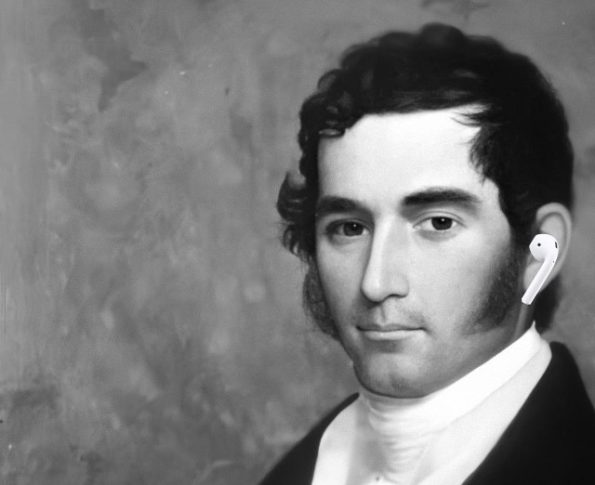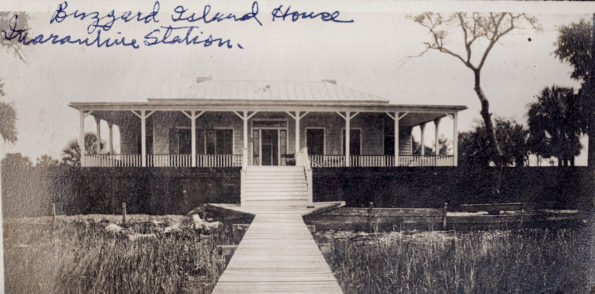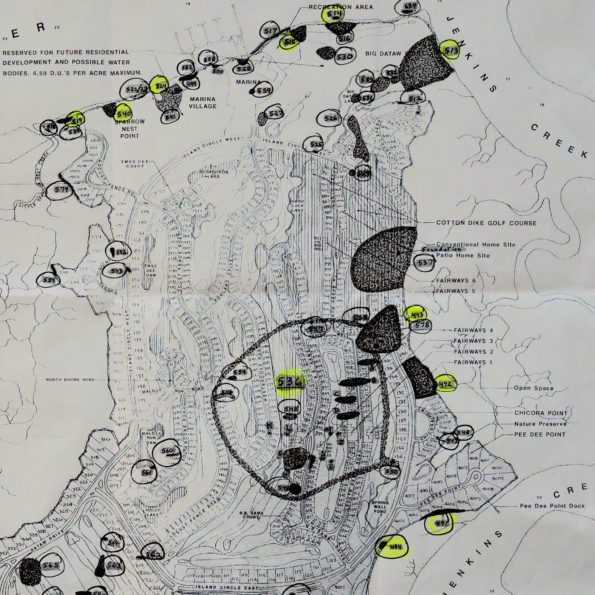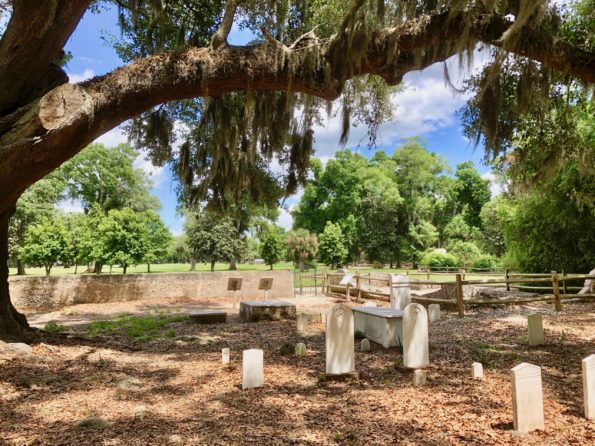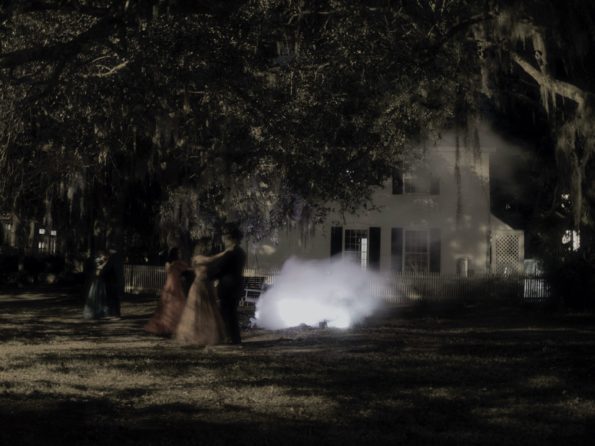Bill Riski is a retired USAF Officer and systems engineer. His hobbies include history, photography, writing, and travel. Maintaining this website is a labor of love for the Dataw Historic Foundation in the Lowcountry of South Carolina, where he and his wife now live.
Everyone has heard that William Sams and his wife Elizabeth Hext Sams bought Dataw Island in 1783. Both William’s paternal and maternal grandfathers emigrated from England to territory in or near “Charles Towne in the colony of Carolina” in the late 17th century. They both were seeking a fresh start, but their circumstances could not have been more different. Bonham (Bonum) Sams II came as an indentured servant; he is the subject of this week’s article. On the other hand, Colonel John Barnwell was Irish, came from a long line of government officials, and was not an indentured servant. More on him next week.
I went to Gaffney, SC, in late March when Robert O. Sams’ descendants extended an invitation to the Dataw Historic Foundation. They shared a collection of family archives with my…
Tabby Times – Fall 2020 – The Dataw Historic Foundation is fortunate that Sams’s descendants have entrusted us with several family heirlooms. One such item is a green taffeta silk gown. This gown has been in possession of the DHF since 1998, when the owners, Norman Ralph Pippin, Jr. and his sister Pauline Sams Pippin Sanders, donated it to us. This year we discovered its secrets.
It was 237 years ago that William Sams and his wife Elizabeth Hext bought Datha Island and started the journey that led to Alcoa South Carolina Inc. and the residential community we know as Dataw Island. I’ve really enjoyed writing the 52 Sams in 52 Weeks series this year. It has been a labor of exploration and discovery from the Dataw Historic Foundation for the island residents and Sams descendants. Now it’s time for a break. Rather than continue the weekly rhythm, I plan to cut back to ‘whenever.’ History comes from memories, from experience, from events both personal and public. I will be following the truth of these, and I will write again as the stories inspire me. [1]
From my experience this year and your feedback, it is clear that “history matters to people on this island.”
Christmas in the Lowcountry of South Carolina will be celebrated this week, as it has been for centuries. However, back in the antebellum days, the planters celebrated one way, and the enslaved in a much different way. Like the plantation system, which was imported from Britain, the Christmas traditions when the Reverend James Julius Sams (1826 – 1918) reflected on his childhood around 1835 – 1840 on Datha Island were probably more British-inspired than German. Julius begins his reflections about Christmas this way,
“Christmas was the merriest and saddest time. The merriest, because we were all together. The saddest, because the time was coming for us to part again.”
52 Sams in 52 Weeks is now on its final approach. We are about to put the landing gear down (week 50), land (week 51), and taxi to the terminal (week 52). These last three posts have a lot of variety. Week 50 – Listen to History. Today you’ll hear a story of recent history. Week 51 – An Antebellum Christmas. On December 22nd, I’ll tell you what we know about Christmas on Datha in the mid 1800s and about antebellum Christmases in general. Week 52 – Reflections and Resolutions. On December 29th, I’ll reflect on 2020 and talk about what comes next in 2021.
Listen to History: The first recording below is of a Dataw Island resident that spent two years building the Sams Plantation House model, prominently displayed in your History & Learning Center. The second recording is an excerpt from an original letter written by Sarah Sams to her husband, Dr. Robert Randolph Sams, while he was away in the Civil War. Her distant cousin reads the excerpt.
Throughout 2020 I’ve taken or accumulated images that have not made it into this 52 Sams in 52 Weeks series – but they deserve some attention. Here are pictures which span about 150 years, each with their own short story. Most have never been published. Many came from the storage bin in Miss Ting’s home in Beaufort. This week I present a collection of pictures from our DHF shoebox, with short stories.

This week I focus on the history of the north half of our island. Datha Island has been inhabited continually from the Late Archaic period (3,000 – 1,000 B.C.) up to the present. I’ll address the prehistoric periods, the Lewis Reeve Sams ownership years, and farming after the Civil War. I am indebted to archaeologist Larry Lepionka and his team for their work back in 1987-1988 to investigate and document the historic sites on Dataw Island. The island would be covered in a forest if left to nature. This is one factor that distinguishes the northern from the southern half of Datha Island. The north half was plowed and cultivated continuously from the mid-1700s to 1960; the southern half was not. The northern half is also where the preponderance of evidence was found for Native American habitation as far back as 3000 B.C. Therefore, where the Native Americans once lived was also the area most disturbed by farming in the 19th and 20th centuries. Kudos go to Lepionka and other archeologists for rediscovering their presence thousands of years before. I’ll explore middens, and then I’ll show you Domino.
The theme this week is ‘gone too soon.’ Through Week 43-Spooky, I’ve told you about 188 ancestors or descendants of William Sams and Elizabeth Hext. Nearly all are in their direct lineage, though there are a few distant cousins in the mix. I’ve told you about all seven sons of William & Elizabeth, but not all their families. Three sons never married (Robert, William, Jr., and Francis), and I have not told you much about the families of John and Edward Hext. Maybe I will someday, but I just have not had time to do the research necessary to ‘bring them to life.’ However, several children of our Sams brothers, Lewis Reeve and Berners Barnwell, I’ve not mentioned either. This week I’ll speak of the children that left us too early.
The theme this week is SPOOKY. Since Halloween is this week, I thought it would be fun to dig up (ugh!) a few of the scary stories Reverend James Julius Sams included in his memoir about being a kid on Datha Island. So today, I’ll tell you a few spooky stories from the early 1800s. One happened in the Big Woods on Datha Island, one on St. Helena Island, another on Oak Island, and the last in the BB Sams plantation house.


